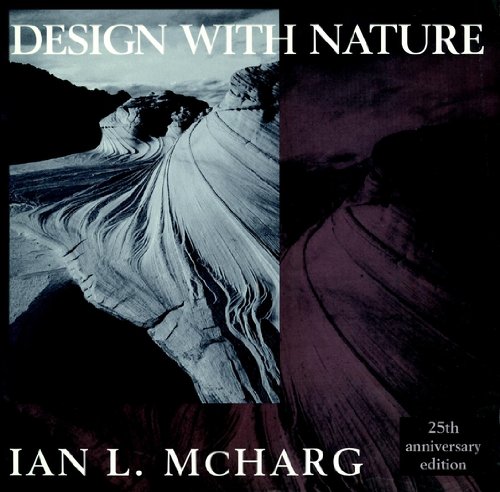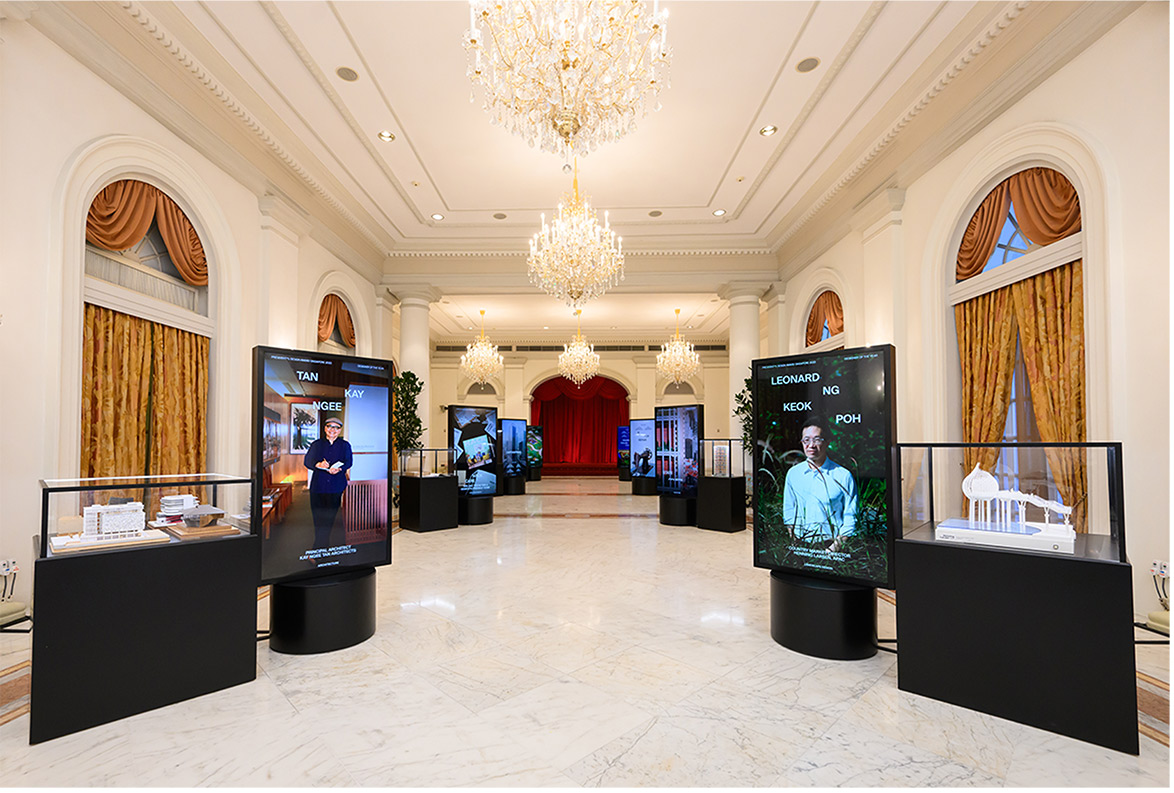Top Reads of Leonard Ng & Ar. Tan Kay Ngee, P*DA 2023 Designer of the Year recipients
What books fuel the creative minds of P*DA 2023 Designer of the Year Leonard Ng and Ar. Tan Kay Ngee? Explore their top book recommendations in the National Library Board’s catalogue below!
Here are Leonard Ng’s picks:

|
Cradle to Cradle by McDonough, Williams Cradle to Cradle is a seminal book by architect William McDonough and chemist Michael Braungart on how we can achieve sustainable growth. They were early proponents of life-cycle product design to minimise waste using the circular economy approach. |

|
The Little Prince by Antoine de Saint Exupery This short but enchanting tale of a pilot that was stranded in a desert has captivated many generations of readers including myself. It provoked the readers to ask what was really important and how perception is a function of the individual experiences. It helped bring out the child in me. |

|
This periodical needs no introduction. Like many in my generation, this was a publication I looked forward to every month. It showed nature at its best, through lavish visuals and science-based narrative and stories grounded in the community. It showcased the beauty of nature and culture throughout the globe and engendered a sense of passion and wonder. |

|
Design with Nature by Ian L. McHarg This was one of the books that had a significant impact on me as a landscape architect and my design philosophy. Its central tenet of “Designing with Nature” has inspired a generation of landscape architects to be sensitive to our environment when designing. In a sense, this book outlines the potential for the landscape profession to be a leading discipline in the fight against climate change and the impact on our urban environment. A must read for all aspiring designers. |

|
The Landscape Urbanism Reader by Waldheim, Charles Traditionally landscape architecture has been a very much misunderstood profession. We were viewed mostly as glamourous gardeners who were focused on design beautiful gardens. This was one of the books that had a profound influence the potential for landscape architecture to play a leading role in shaping of cities. Instead of the architectural centric approach to urban planning, Landscape Urbanism proposed the design and planning cities using the existing landscape as the main drivers. So instead of using a tabula rasa approach, why not plan around existing environment e.g. River systems, prevailing winds, soil types, etc so that we are not in conflict with nature? This approach is refreshing and helps to avoid many potential problems that arise from traditional planning methodology. |

|
The Singapore House, 1819-1942 by Lee Kip Lin This is a classic must-read for all Singapore architects and students. Lee Kip-Lin has painstakingly documented houses that were designed and built in Singapore over one hundred and twenty-three years, from 1819 – the year Singapore was founded. Readers will not only learn about the various architectural styles that transformed over time, but also understand how these houses in the older days ingeniously dealt with our local climatic conditions. For instance, they feature huge, pitched roofs with projected eaves that create ventilated void underneath. Additionally, verandas encircle the perimeter to provide shade to inner rooms, shielding them from the tropic sun. These design elements ensured that spaces within these houses remained consistently cool. |

|
Through the Lens of Lee Kip Lin: Photographs of Singapore 1965-1995 by Lai Chee Kien These photos are more than archival records. We follow Lee Kip-Lin’s journeys over 30 years, spanning from well before the new millennium, combing through different parts of Singapore. Through his lens, we can appreciate the beauty of Singapore in past years and recognise the humility that characterised us as we strived to contribute our best. The wide range of buildings captured here is fascinating, from shophouses to warehouses, and from kampung villages to deserted graveyards. I am specially attracted to the people and activities depicted in these photos. And occasionally, Lee’s daughter can be seen in these photos – unspoken personal touches that are especially moving. |

|
The Classical Language of Architecture by John Summerson I can still vividly recall the mornings of each week in the early 1980s when Sir John Summerson would walk into the main lecture hall of the Architectural Association at Bedford Square, London, to deliver his lectures on Classical Western Architecture. Sir John was also an authority on the Sir John Soane Museum, which truly embodies how the classical language of architecture can be appropriately applied while allowing for occasional rule-breaking to suit specific contexts. I undoubtedly gained immense benefit from his lectures; they served as a starting point for me to familiarise myself with the Italian Renaissance to the English Great Masters of Classical Architecture. |

|
In Praise of Shadows by Jun’ichirō Tanizaki; English translation by Thomas J. Harper and Edward G. Seidensticker Japanese author Jun’ichirō Tanizaki, with his unique perspective, introduces us a different view to the world. A world we usually overlook, one that makes sense only in darkness: textures, colours, movement (of leaves), reflections (on water), dim rays of bouncing light, all in the eye of the beholder, of a Japanese mind. The definition of beauty is being questioned here: the white-faced geisha, who completes her makeup by darkening her teeth, holds a similar aesthetic to the wooden bowl contrasting with the whiteness of the rice it contains. Tanizaki has written novels and short stories that are equally intriguing, but this book on shadow and light, beauty vs ugliness, leaves such a strong impression on me that I will never see the world in the same light again. |

|
歷史的臍帶: 東南亞建築與生活 (Cords to Histories: Life and Architecture in Southeast Asia) by Lai Chee Kien This book stands as a substantial volume of essays written over an extended period of time, a result of scholarly research and firsthand data gathering on location. The book delves deep into the historical tapestry of Southeast Asia, offering a comprehensive perspective on the gradual evolution of cultures and diverse ways of living over the centuries. These essays prove to be particularly enriching, as they facilitate a profound comprehension of our neighbouring countries. They guide us in developing an appreciation for Singapore’s contextual role within the region, highlighting the interconnectedness, mutual influence, and inseparability of each component. |

|
思慕的城 (Cities of My Longing) by Tan Kay Ngee The collection of essays within this book was written fortnightly across three years for the Hong Kong weekly magazine, Yazhou Zhoukan. I was hoping to share the appreciation of good design and architecture with my readers from all walks of life, while looking for the insights into what makes a thriving city tick. All essays were written in Traditional Chinese – an older variant of Chinese font. The familiarity with this style endures within me, even after years of residing abroad. |
This is an unabridged version of the article that was first published on NLB Medium.
Read more about the P*DA 2023 recipients in the P*DA 2023 Publication.









